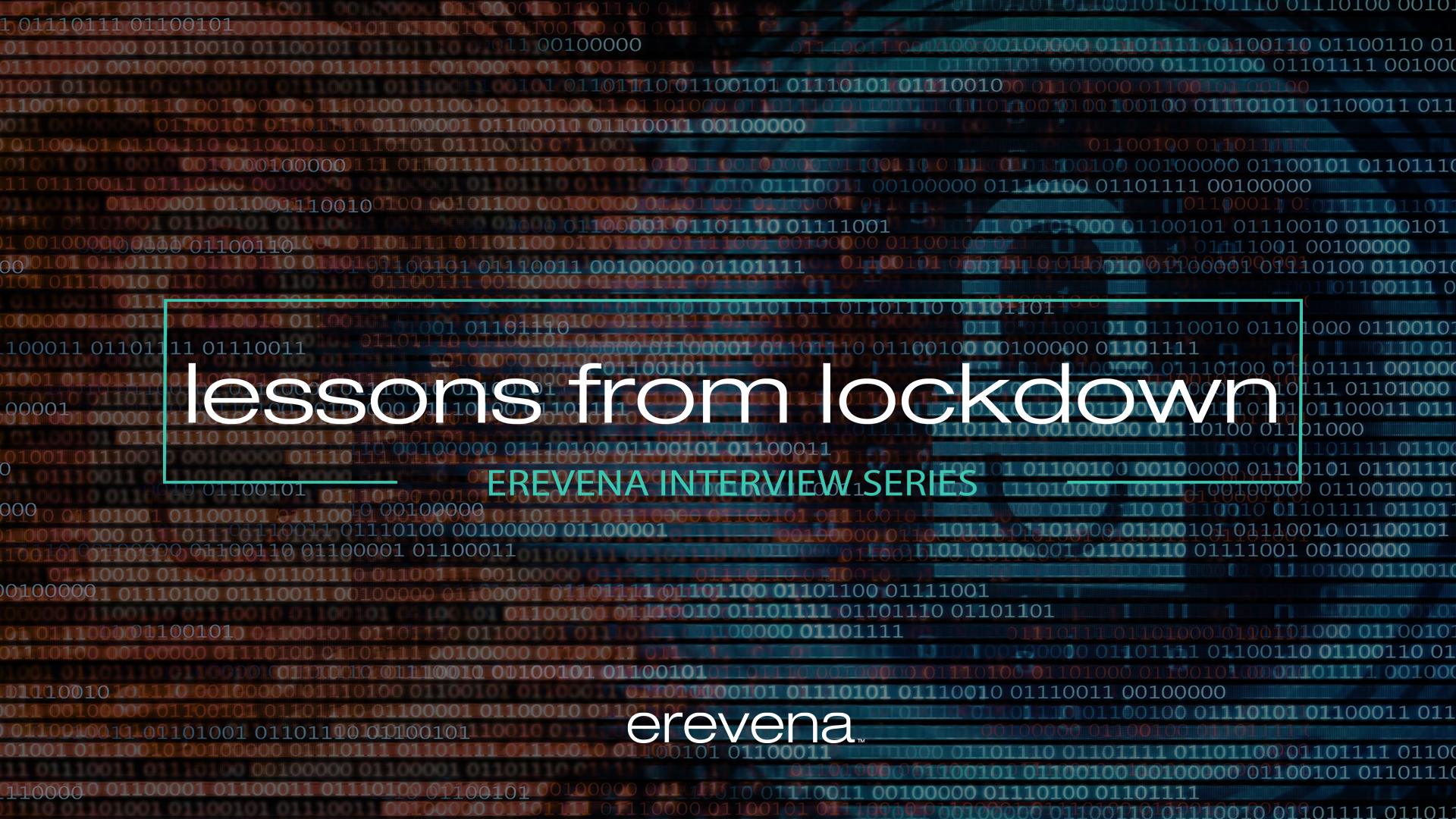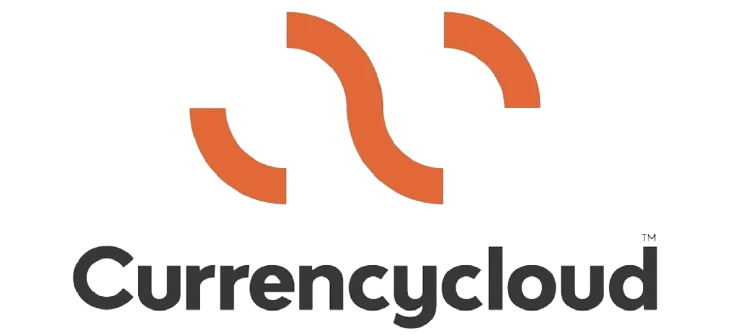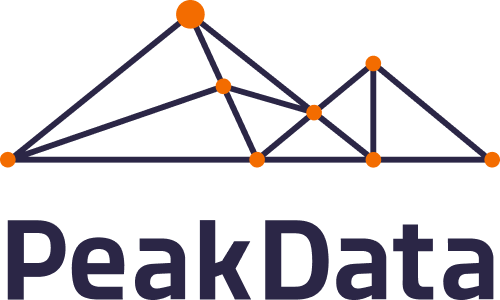Fabio Salim has spent 13+ years in multiple entrepreneurial executive positions, with a proven track record in delivering results, building teams and organizations, and making a long-term positive impact. During the last 3 years, he held C-Level roles at Gympass, and he played a key role in helping the company in its accelerated growth process. This includes leading the expansion of the business to the US, structuring global teams of operations, global sales and marketing to enable scalable growth, and opening and scaling up a new business unit (SMB). Before that, he was at Bridgewater Associates for 3 and a half years, held a CFO position at TG Agroindustrial (portfolio company from Angra Partners where he also did private equity investing), and Investment Banking at Itau-Unibanco. He holds an MBA degree from Harvard Business School (Class of 2013) and a Bachelor of Economics degree from Universidade Estadual de Campinas (Unicamp).
The current reality of the Covid-19 world is forcing businesses to rapidly re-examine their processes and procedures, particularly those that involve face-to-face interactions such as candidate assessment and hiring.
This article examines alternatives to those in person interactions and offers advice on how remote methods can best be implemented. It is part of an ongoing interview series which shares how some of Erevena’s clients have successfully hired and onboarded senior executives during this time; and predicts which lessons learnt will be carried forward once this initial period of lockdown is over.
We hope that early-stage Founders, CEOs, hiring executives and investors find them both reassuring and of practical use.
Fabio Salim draws on his experience of productizing talent attraction/assessment tools at Bridgewater Associates and then implementing some of these techniques at GymPass.
Historically, hiring managers have been cautious or unwilling to hire someone without the opportunity to have in-person meetings. This reaction is understandable when thinking about the importance of fit to a specific team, and the perception that culture and personality traits can only be assessed face-to-face. However, there are different ways to recognize talent and develop great new opportunities that measure culture and personality fit given the new normal of remote work.
Of course, for many industries and companies there are additional levels of uncertainty that might drive hiring managers to freeze or delay bringing new talent to their teams. Nevertheless, the success of any business depends on high quality employees and hiring the right people in leadership roles remains a necessary core practice for many firms during this time. It is important to reevaluate the best ways to do this while considering the restrictions on meeting candidates in person. The truth is that an excellent talent assessment process can still be done, and the current constraints should not impede hiring great employees when the need for them exists.
This is especially true for earlier stage companies making decisions to hire senior level candidates. Unlike mature companies, early stage companies do not yet have a hiring process that is as structured and specifically designed with tools and models to assess people for a specific job, team, or culture. For early stage organizations, the process usually involves multiple face to face meetings with several people on the team – hiring manager, peers, direct reports, advisors, board members, etc. Beyond assessing technical expertise, creative and analytical thinking capabilities, one of the expected outcomes of these conversations is to answer questions like “Does this person fit with me, my company and the rest of the team?”, “Do I feel comfortable going on this journey with this person?”. Moreover, in person meetings are an important way to get buy-in from multiple leaders in a context in which a senior person can highly influence the trajectory of a fast growing organization. While important parts of this process are usually highly subjective – including a perception of pose, gravitas, presence, energy and alike – they are still perceived as crucial in terms of evaluating the overall fit and potential performance.
In this context, it is relevant to highlight that there are opportunities for leveraging existing recruiting best practices, and for taking advantage of the new standards on how we connect and work, to bridge this apparent gap. Below you can find some suggestions and guidance for assessing candidates during these times of lockdown, and to have more comfort when making hiring decisions:
Make sure that the basics for the recruiting process are well set
The main components of good hiring and assessment continue to be true regardless of current restrictions. Making sure the end to end recruiting process is well aligned to optimize the likelihood of finding a good fit for a job and company is critical.
Initially, it is essential to have a well-defined job spec, including the scope of responsibilities and functions, as well as the key values, abilities and skills that are critical to perform the job well. This can include factors related to the specific team’s way of operating, preferences and culture. The more straight-forward and prioritized these are (versus a long list of attributes), the more successful and targeted the assessment process can be. It is also great to have clarity on the potential indicators that someone is more likely to do the job well. Specific past experiences and education are common here, but you can also think about other factors, such as what types of environment and challenges a candidate may have faced. In addition, most of the steps of the assessment process – tests, interviews, references, etc. should be built around trying to validate or refute the hypothesis that someone is a good fit for a job. This will be a continuous exercise of gathering more information about a candidate along the way, what this potentially says about the candidate, and what would be the click to the job. The more structured and objective this process can be, the more likely to predict the click correctly.
Assessing skills and abilities
When it comes to candidate assessment, there are multiple ways to capture and interpret data to try to build a predictive picture of what someone is like, and the potential click to a role. For the most part, these methods can still be used in the same, or very similar, way as pre-Covid-19 times. Those tools – or better yet, the balance, sequence and choice of which ones to use can be incredibly powerful in the assessment cycle, as long as they are well connected with a clear overall recruiting strategy for a particular role.
Examples of common tools that can still be used:
- Previous experience and track-record (resumes, LinkedIn profile, etc)
- Pre-interviews text, voice or video recording: pre-set questions that can be helpful to build a picture of someone, in a more scalable and standardized way.
- Interviews: although these now will most likely take the form of phone or video interviews, they can still fit the same purpose of continuing to build someone’s picture.
- Within the overall assessment cycle, it is key to define what each interview is trying to achieve and plan each one of them accordingly.
- These include sequence, format, choice of topics and interviewers.
- The more structured those interviews are in terms of what are the inputs, outputs and how to get to the assessment desired, the more likely it will lead to a better prediction of click to job.
- Reference check: great way to get a believable triangulation point on specific values, abilities and skills.
Additionally, psychometric and abilities tests have become a more common tool. Here they are broadly referred to as well defined assessments that intend to have a defined output that estimates a particular set of qualities someone can possess. These can include, specific preferences, personality, values, abilities, skills and/or potential. There is a vast field of assessment tests, most of them that can be performed in a fully remote way by the candidates. These tests can provide additional information finding the right personality and culture fit of a senior candidate to a team given the remote-work conditions.
It is beyond the scope of this article to try to evaluate which one of these tests are the best for each circumstance, but there are some general principles that can be helpful on how to utilize them for the hiring process. First, they allow the use of technology and data to provide insights about candidates in a more scalable way. This is particularly helpful in the early stages of the funnel. Second, make sure you have an understanding of the rationale and significance behind the findings of a particular test and make sure it fits your own purpose on the assessment process strategy. Third, make sure it is clear to you if a particular test is either preference-based or ability-based. Ability-based tests intend to predict someone’s level or capability within a certain quality, such as logical reasoning, programming, or analytical thinking. Preference-based tests are usually reliant on self-reported answers and try to express a particular preferred type of behavior, way of operating, but not necessarily an ability to perform well within those specific qualities. For instance, a preference-based test might indicate that someone has a personality trait that prefers well organized and well-planned environments but does not try to directly estimate the person’s ability to organize and plan things.
What can change given the restrictions to meet in person?
Given the current constraints to meet in person, some aspects of the assessment process have to be adapted. As mentioned above, one of the main concerns is related to assessing personality and culture fit without in-person meetings. Moreover, some of the assessments tools and tactics mentioned previously might also differ. It is important to keep in mind and mitigate some of the new challenges that come with it, but also some opportunities to make the assessments more comprehensive that have emerged.
One of the most obvious changes is to shift in-person interviews to phone or video calls. There are some clear concrete challenges: quality of the internet connection, sound and video; quality of the lighting; background noises and environmental distractions; potential delays and breaks. Being aware that these will be a potential issue and deliberately making more concessions towards these problems when they happen, can contribute to a more unbiased conclusion from the interview. The same goes for some of the new biases that can be present from looking into someone’s home, room, background, etc. Another challenge is that fewer body language signs can be captured or interpreted in comparison to an in-person interview.
At the same time, there are some interesting new opportunities in what regards assessing someone. Highly subjective factors that some interviewers perceive in person (and are usually biased towards similarities with the interviewer), sometimes described as level of energy, vibe, etc., are likely to be less of an influence during video and phone calls. Another likely advantage is the fact that the candidates are less “trained” to do video interviews, so this partially levels out candidates that have an advantage being more prepared to do an in-person interview well (versus actually being the best person for the job). You might even get a more authentic and less staged picture of someone’s personality and behavior. Finally, it is way easier and more convenient to have different types of candidate conversations, beyond the content-related interviews. Virtual coffees and participation in team happy hours, can provide a rich picture of a personality, chemistry and traits.
One of the most interesting new opportunities that arises from the world’s current situation is that it is just becoming way more possible, convenient and cheaper to have a true immersion of the candidates in real work situations. There are many methodologies that try to replicate cases, work samples or situational assessments in order to get to a picture of how someone would behave and act on a real work scenario. In many ways, those intend to be a comprehensive assessment of someone’s fit to a team, including culture, demeanor and personality. Of course, it is hard to replicate these real situations and get a clearer view of the candidates. However, in a context where whole teams are working remotely, getting someone immersed in the reality of a job becomes much easier. Some examples here are candidates joining real team meetings and working sessions, both content-heavy or related to alignment, communication and management. They can play an active role in these meetings, contributing with ideas or questions. Or being asked to provide an assessment, conclusions and next steps based on what they have observed.
Another opportunity is to leverage further psychometric tests, especially some of the preference-based ones, as a complement to get more insights about someone’s motivations and preference, and through that, to a particular fit to a manager, team or culture. There is emerging thinking (some examples in the Harvard Business Review in November 2016, January 2017, and July 2018) that a more diverse, well-rounded team is more capable and effective in dealing with complex, cross-functional issues. In this particular sense, it might be helpful to think about the results of the psychometrics tests not only in the sense of direct fit, but also as insights to compose teams that will have more collective insights and fewer blind spots.
Summary
Great business will only be built with great talent. At the same time, attracting and assessing talent is one of the most complex, and sometimes overlooked, processes for a business. These are realities that will remain unchanged despite Covid-19. However, these times open a window of opportunity to reinforce some of the best practices related to recruiting. At the same time opens the possibility of understanding what people are like, and their fit to a particular position and organization. Hence, if the need for talent is still clear, there are many great ways to assess who would be successful inside an organization.
Share this article:











